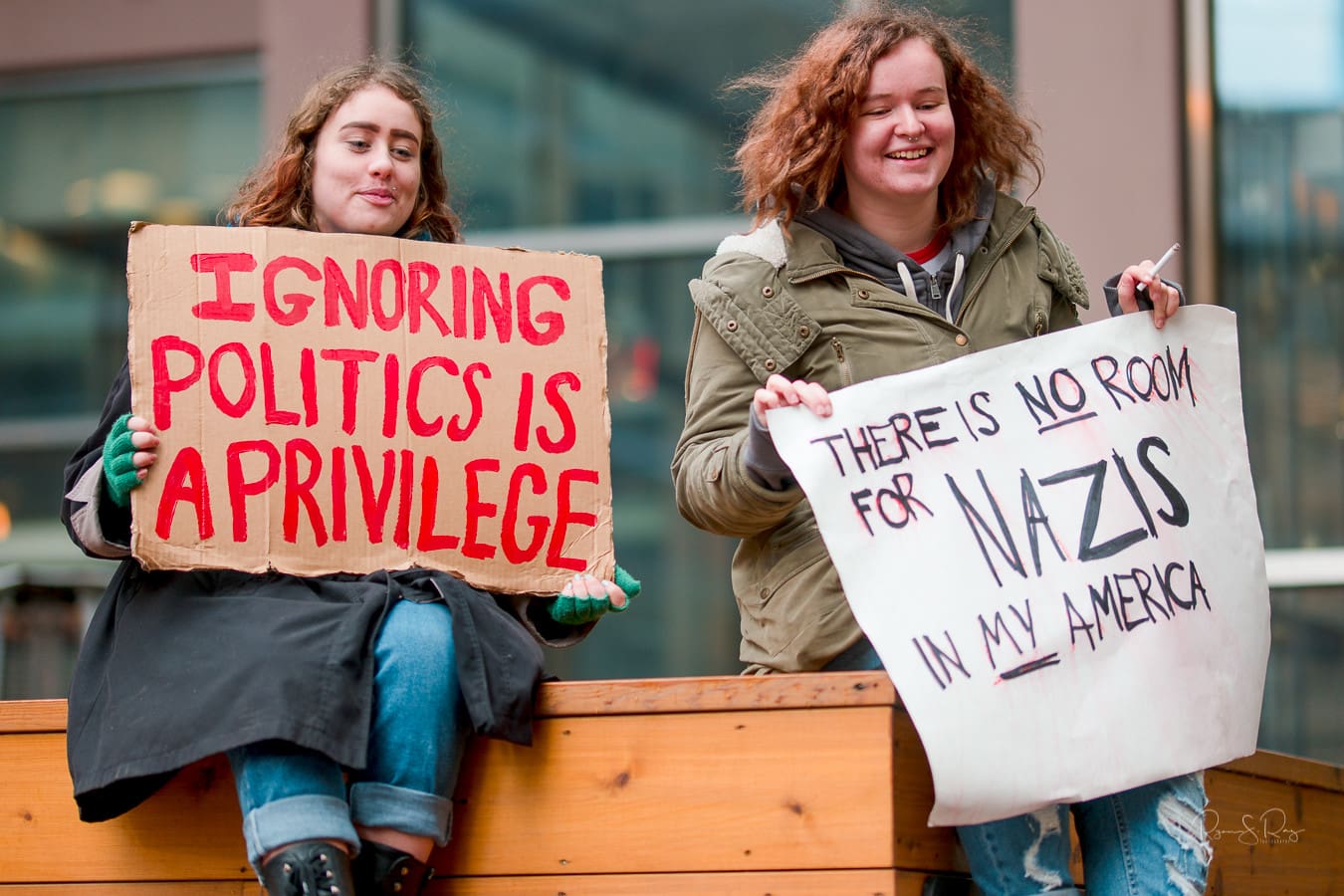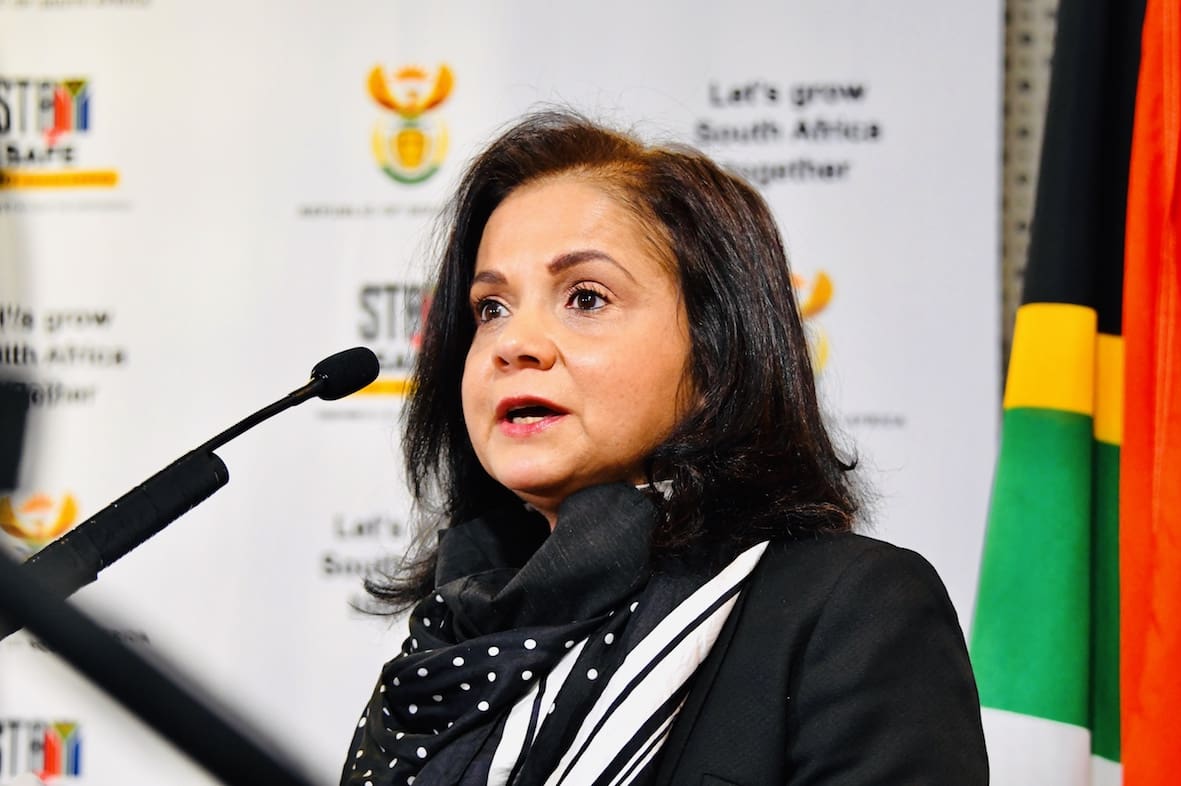Americans may have taken a page out of South Africa’s book, turning to mass protests in an effort to challenge government policies and demand change.
In a dramatic show of opposition, tens of thousands of citizens and expatriates have flooded the streets across the United States and abroad, voicing their discontent over President Donald Trump’s recent policies, including controversial tariffs and sweeping federal reforms led by billionaire adviser Elon Musk.
More than 1,200 “Hands Off” rallies took place across all 50 states on Saturday, with over 250,000 people estimated to have taken part in the largest mobilisation of its kind since Trump’s second term began. From Washington, DC, to Los Angeles and even as far as Paris and London, protestors have been making it clear that they will not stand by silently as they perceive their democracy slipping away.
While tariffs might sound like a boring economic tool, the outrage and protests they’ve sparked are anything but dull.
Let’s break it down.
A weekend of protest
In Washington, crowds filled the National Mall holding signs reading “Unplug Elon” and “I can only write this because there used to be a Department of Education.”
Democratic lawmakers joined the chorus of disapproval. Florida Congressman Maxwell Frost railed against what he called the “billionaire takeover of our government,” (*cough, cough* state capture). He told protesters: “When you steal from the people, expect the people to rise up. At the ballot box and in the streets.”
The protests are a response to sweeping executive actions recently signed by President Trump, which include a radical restructuring of the federal government and the imposition of tariffs on imported goods from nearly every country around the globe.
The reforms—spearheaded by Musk’s newly created Department of Government Efficiency (yes, really)—have resulted in over 200,000 federal job cuts and significant slashes to benefits within key institutions like the Internal Revenue Service and the Social Security Administration.
Kelley Robinson, president of the Human Rights Campaign, spoke passionately at a rally in Washington: “The attacks that we’re seeing, they’re not just political. They are personal, y’all.”
Meanwhile, international trade experts warn that Trump’s recently announced hiked tariffs could escalate tensions with global trading partners and lead to higher prices for American consumers. Critics have labelled them economically reckless, while Trump’s administration argues they will protect American jobs and industries.
Understanding the tariff decision
Just days before the protests, Trump announced a sweeping set of import tariffs, citing national security and economic independence. These tariffs, affecting a range of goods from steel to electronics, are aimed at reducing US reliance on foreign suppliers.
But critics say they will do more harm than good. The move has sparked fears of trade wars and already prompted retaliation from Canada, the EU, and China.
It’s not just the tariffs that are sparking such reactions.
In London, one protester’s sign read, “Hands off Canada”—a cheeky nod to Trump’s recent bizarre comments about annexing the country.
And the recent immigrant raids have also been a point of contention in these demonstrations. Katie Smith, a law student in Boston, told the BBC she was particularly alarmed by the targeting of international students. “You can stand up today or you can be taken later,” she said, referencing a recent video showing masked agents detaining a Turkish student near Tufts University.
Trump’s response and sliding support
The White House has remained defiant in the face of criticism. Assistant press secretary Liz Huston said: “President Trump’s position is clear: He will always protect Social Security, Medicare, and Medicaid for eligible beneficiaries.”
She accused Democrats of offering these benefits to undocumented immigrants, warning it would bankrupt the system.
Still, signs of political wear and tear are showing. A Reuters/ Ipsos poll found Trump’s approval rating has slipped to 43%—its lowest since his second inauguration in January.
And it’s not just domestic unrest. Solidarity protests were held in Berlin, Paris and London. Timothy Kautz, speaking for Democrats Abroad in Paris, told Reuters: “We have to show solidarity with all the demonstrations in a thousand cities today in the USA.”
What happens next?
Organisers of the “Hands Off” movement say they don’t expect immediate policy reversals but see the protests as a vital line in the sand.
The hopes from organisers and protests were eloquently summarised by The New York Times: “The most likely path to American autocracy depends on not only a power-hungry president but also the voluntary capitulation of a cowed civil society. It depends on the mistaken belief that a president is invincible. Anybody who has dealt with a schoolyard bully should recognize this principle: The illusion of invincibility is often his greatest asset.”
“This is about reminding people that we still have a voice,” said Ezra Levin, co-founder of Indivisible, an organisation focused on “defeating the Trump agenda”. “We don’t want their hands on our democracy, on our communities, on our schools and our friends and our neighbours.”
As Americans (and the world) brace for the consequences of the new tariffs and restructuring, the message from the streets is clear: resistance is far from over.
Emma is a freshly graduated Journalist from Stellenbosch University, who also holds an Honours in history. She joined the explain team, eager to provide thorough and truthful information and connect with her generation.
- Emma Solomonhttps://explain.co.za/author/emma-solomon/
- Emma Solomonhttps://explain.co.za/author/emma-solomon/
- Emma Solomonhttps://explain.co.za/author/emma-solomon/
- Emma Solomonhttps://explain.co.za/author/emma-solomon/




